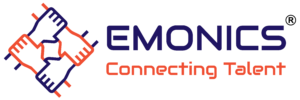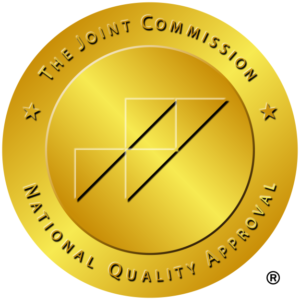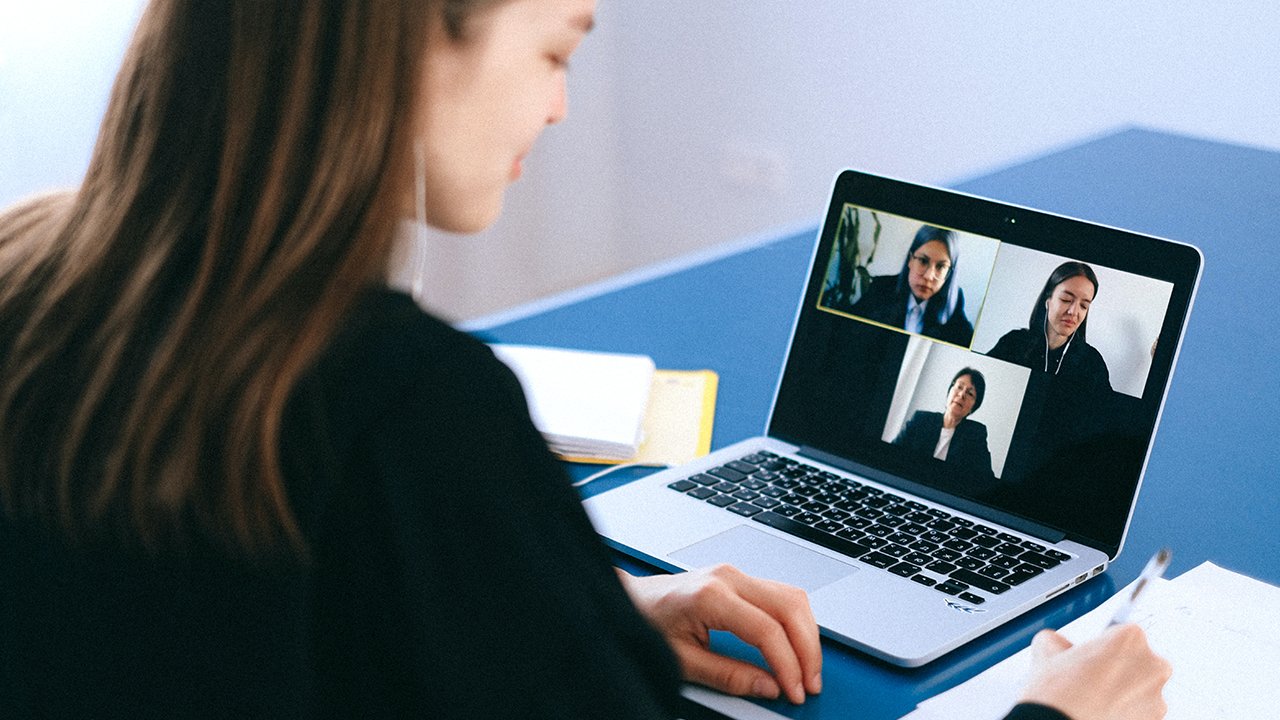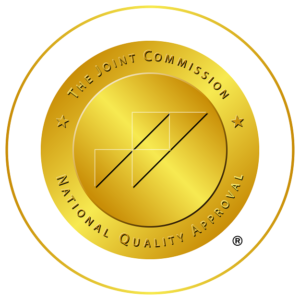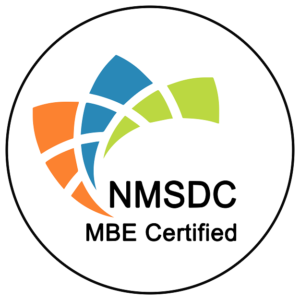8 Ways to Beat Zoom and Online Meeting Fatigue
After a long day of consecutive Zoom conversations, it is already evening. Your back is tight, your eyes hurt, and you feel emotionally and energetically spent as you unplug your headphones. If this sounds familiar, you’re not alone. staffing agency As more individuals work from home and participate in video conferences, unique difficulties are associated with these working circumstances, such as “Zoom Fatigue.”
How can you get over the video drowsiness? The key is to take regular pauses and, wherever possible, reduce your time spent watching screens and videos. Although virtual meetings will probably continue, here are some simple steps you and your team should take to manage Zoom weariness.
1. Schedule Call Intermissions
When you don’t have to travel between your home office and your virtual conference room, it might be tempting to book back-to-back sessions. Even then, the little five-minute stroll you generally get between in-person meetings helps you mentally refresh. You can replicate that short breather by setting meetings 10 to 20 minutes apart. Make the most of your leisure before the meeting by going outside, brewing some coffee, or taking a stroll through your home. You will then have the energy required to go through your subsequent meeting by giving your brain and eyes a little break.
2. Restrict the amount of time you spend on screens both during and outside of work hours
In-person meetings provide a much-needed reprieve from screens in a physical workplace. Even if you take notes on a laptop, you will get the chance to glance up from your computer to participate in a conversation.
Office workers need new methods for minimizing their regular screen time throughout the workday as more meetings occur online. Try using a pen and paper to take notes or create to-do lists, or instead of browsing through forms on your file-sharing program, print off documents whenever you can.
Even if you have to use a screen for some tasks at work, you can speed up your digital recovery by reducing screen usage at home and elsewhere. Even though you could unwind by watching television or video-chatting with pals, schedule some time for other pursuits that don’t require you to look at a screen. staffing agency Spend some time cooking, reading, exercising, or going outside. Your eyes and mind need some downtime to unwind and refresh.
3. Take Regular Breaks to Prevent Eye Strain
The average human blinks 15 times every minute. When we’re staring at screens, that number lowers to just five to seven times every minute. In the digital era, digital eye strain is hardly a novel notion, and conference call tiredness is exacerbating the issue. Small print, screen glare, and backlit screens can strain the eyes and impair eyesight. Your vision may get blurry, and you may have dry, itchy, and weary eyes due to computer vision syndrome.
Taking pauses to shield your eyes is a helpful tip, and it won’t interfere with your meeting. The American Academy of Ophthalmology suggests the “20-20-20” guideline to reduce eye strain. You must focus for 20 seconds every 20 minutes on anything at least 20 feet away. You can accomplish this without leaving your desk if you work near a window. This can help you and your colleagues to care for your eyes without worrying about seeming disinterested by arranging eye-strain breaks during a meeting.
4. Reduce your frequency of phone calls
Everyone may wish to join a video conference for every meeting due to the tension of not feeling connected to their team. However, for small groups, voice-only conference calls are often equally efficient. A phone call may be more effective because the audio on your cell phone may even be clearer than your video call.
Consider carefully what demands a video call calendar invite, as you can carry out specific discussions by instant messaging or email. When scheduling Zoom meetings, take the rest of your calendar into account. Even though you and your coworker have had multiple video chats throughout the day, a one-on-one meeting at the end of the day could be best handled over the phone.
5. Disable your video camera during lengthy meetings.
The additional visual stimulation we experience during multi-way talks contributes to video call tiredness. Every time someone speaks, our attention is drawn to their background. We’re frequently tempted to focus on the wall art, houseplants, or people standing behind our coworkers.
Our faces constantly occupy a corner of the screen, which is equally bothersome. According to research, people stare at their faces more frequently during video chats than others, as concerns about our appearance may divert our concentration. Staffing agency Consider turning off your camera and keeping your eyes off the screen during lengthy meetings when you’ll be listening to others during a lot of the call.
6. Refrain from multitasking
According to studies, those who multitask a lot struggle in several cognitive domains. Your brain must continually refocus because multitasking pushes you to transition between tasks. Your attention span, learning capacity, and more are all impacted by multitasking. staffing agency Therefore, you’re probably overusing your brain if you’re tab-surfing, responding to emails, or instant chatting during a video meeting.

Zoom calls make you work harder to concentrate, which is not helpful. You might find yourself trying to fill in the blanks anytime you miss a word due to audio difficulties. Screens distort tone of voice, body language, and facial expressions, which makes it more difficult for you to comprehend what is being said. You could be exhausting yourself even more if you add scrolling through your inbox to the list.
Stay off your phone and turn off notifications on your laptop during meetings as a courtesy to yourself. Keep your video call the only tab displayed to avoid browsing other tabs.
7. Take into account breaks in long meetings
Even in person, staying focused for more than an hour at a meeting might be difficult. You may recharge your energy for the remainder of the conversation by taking five minutes to stretch your legs or use the restroom. Encourage your colleagues or manager to plan breaks throughout lengthy meetings and pause whenever a natural break occurs.
8. Go one weekday without zoom
Your productivity and attention may be significantly increased by skipping one day of meetings. Meetings, in-person or online, force us to put off our current tasks until later. If you get to-do items during the call, you could put off whatever you did to concentrate on these new duties. Meetings disrupt your flow and can leave you more exhausted afterward, particularly if you’re an introvert.
Consider making it a rule for your group or organization to set aside one day a week for no meetings to increase productivity and decrease burnout.
Zoom fatigue is serious, but there are methods to manage it
Some of these solutions may be challenging to implement at first, but by following these instructions, you may avoid being so worn out just thinking about another video conversation.
Per these tips, you may fight Zoom weariness by altering your video conferencing practices. Making a few adjustments may make your Zoom calls pleasant rather than draining. The next time you find yourself in a zoom call, do yourself a favor by avoiding the deadly zoom fatigue staffing agency.
